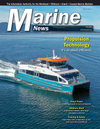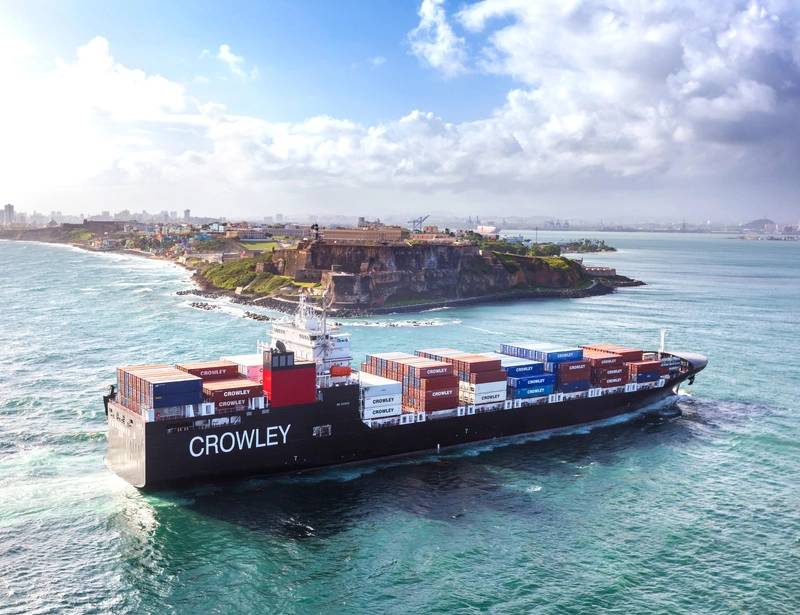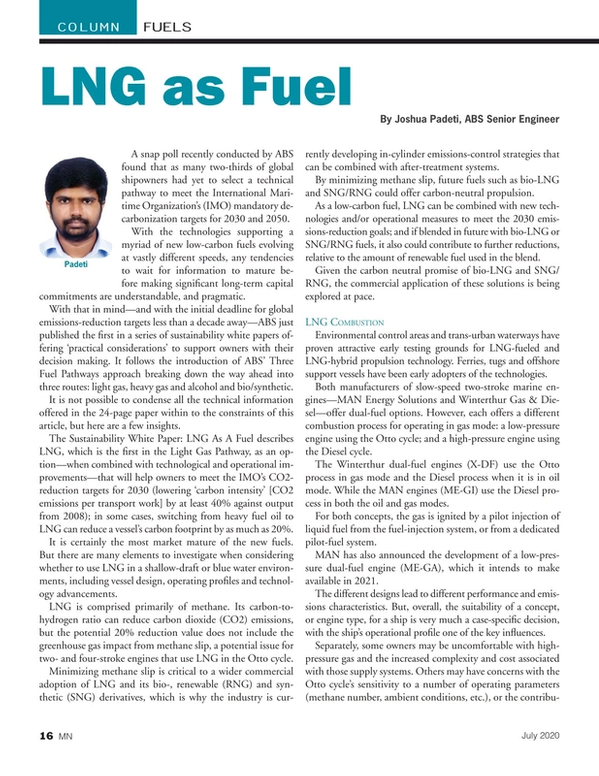
Examining LNG as Fuel
A snap poll recently conducted by ABS found that as many two-thirds of global shipowners had yet to select a technical pathway to meet the International Maritime Organization’s (IMO) mandatory decarbonization targets for 2030 and 2050.
With the technologies supporting a myriad of new low-carbon fuels evolving at vastly different speeds, any tendencies to wait for information to mature before making significant long-term capital commitments are understandable, and pragmatic.
With that in mind—and with the initial deadline for global emissions-reduction targets less than a decade away—ABS just published the first in a series of sustainability white papers offering ‘practical considerations’ to support owners with their decision making. It follows the introduction of ABS’ Three Fuel Pathways approach breaking down the way ahead into three routes: light gas, heavy gas and alcohol and bio/synthetic.
It is not possible to condense all the technical information offered in the 24-page paper within to the constraints of this article, but here are a few insights.
The Sustainability White Paper: LNG As A Fuel describes LNG, which is the first in the Light Gas Pathway, as an option—when combined with technological and operational improvements—that will help owners to meet the IMO’s CO2-reduction targets for 2030 (lowering ‘carbon intensity’ [CO2 emissions per transport work] by at least 40% against output from 2008); in some cases, switching from heavy fuel oil to LNG can reduce a vessel’s carbon footprint by as much as 20%.
It is certainly the most market mature of the new fuels. But there are many elements to investigate when considering whether to use LNG in a shallow-draft or blue water environments, including vessel design, operating profiles and technology advancements.
LNG is comprised primarily of methane. Its carbon-to-hydrogen ratio can reduce carbon dioxide (CO2) emissions, but the potential 20% reduction value does not include the greenhouse gas impact from methane slip, a potential issue for two- and four-stroke engines that use LNG in the Otto cycle.
Minimizing methane slip is critical to a wider commercial adoption of LNG and its bio-, renewable (RNG) and synthetic (SNG) derivatives, which is why the industry is currently developing in-cylinder emissions-control strategies that can be combined with after-treatment systems.
By minimizing methane slip, future fuels such as bio-LNG and SNG/RNG could offer carbon-neutral propulsion.
As a low-carbon fuel, LNG can be combined with new technologies and/or operational measures to meet the 2030 emissions-reduction goals; and if blended in future with bio-LNG or SNG/RNG fuels, it also could contribute to further reductions, relative to the amount of renewable fuel used in the blend
Given the carbon neutral promise of bio-LNG and SNG/RNG, the commercial application of these solutions is being explored at pace.
 Crowley’s combination container/roll on-roll off (ConRo) ship El Coquí is one of two LNG-powered Commitment Class vessels providing shipping and logistics services between the U.S. mainland and Puerto Rico. (Photo: Crowley)
Crowley’s combination container/roll on-roll off (ConRo) ship El Coquí is one of two LNG-powered Commitment Class vessels providing shipping and logistics services between the U.S. mainland and Puerto Rico. (Photo: Crowley)
LNG combustion
Environmental control areas and trans-urban waterways have proven attractive early testing grounds for LNG-fueled and LNG-hybrid propulsion technology. Ferries, tugs and offshore support vessels have been early adopters of the technologies.
Both manufacturers of slow-speed two-stroke marine engines—MAN Energy Solutions and Winterthur Gas & Diesel—offer dual-fuel options. However, each offers a different combustion process for operating in gas mode: a low-pressure engine using the Otto cycle; and a high-pressure engine using the Diesel cycle.
The Winterthur dual-fuel engines (X-DF) use the Otto process in gas mode and the Diesel process when it is in oil mode. While the MAN engines (ME-GI) use the Diesel process in both the oil and gas modes.
For both concepts, the gas is ignited by a pilot injection of liquid fuel from the fuel-injection system, or from a dedicated pilot-fuel system.
MAN has also announced the development of a low-pressure dual-fuel engine (ME-GA), which it intends to make available in 2021.
The different designs lead to different performance and emissions characteristics. But, overall, the suitability of a concept, or engine type, for a ship is very much a case-specific decision, with the ship’s operational profile one of the key influences.
Separately, some owners may be uncomfortable with high-pressure gas and the increased complexity and cost associated with those supply systems. Others may have concerns with the Otto cycle’s sensitivity to a number of operating parameters (methane number, ambient conditions, etc.), or the contribution of methane slip to their fleet’s decarbonization strategy.
Dual fuel engine conversion
Specific fuel-supply systems are required to feed gas into dual-fuel engines at the right pressures and temperatures. The main dual-fuel engine, the components of which are broadly similar to conventional diesel-engine designs, also require key foundational engine components to operate in gas mode.
Furthermore, a diesel engine’s potential to be easily converted to dual fuel is an important consideration; for example, if an owner is selecting a ‘Ready’ notation in preparation for converting the ship to burn natural gas at some point after delivery of the vessel.
The fundamental engine design of the MAN ME-GI is the same as its standard ME engines; ‘GI’ (gas injection) refers to all gas-related components that are necessary to allow an ME engine to operate on gas. As the ‘GI’ concept is an add-on to the ME engine, the latter can be considered “gas ready”.
While Winterthur’s X-DF engine offers the same general design as their standard X engine (diesel), several other base engine components are different, in addition to the added gas-related components.
Dual fuel engine emissions profiles
Natural gas and other low-flashpoint fuels, which are inherently low in sulfur, also can help owners to comply with the SOx emissions limits of MARPOL Annex VI. They also offer other SOx reductions and the sulphate portion of particulate matters because their sulfur content is typically less than 30 parts per million.
Their NOx formation is linked to peak-combustion temperatures, which are significantly higher for diesel than they are for gas engines. Similarly, dual-fuel engines using the Otto process to burn natural gas have much lower NOx emissions than those using the diesel combustion process.
ABS is continuing to develop a range of information and initiatives to support the industry’s transition to low carbon operations.
To help drive decarbonization strategies, ABS has published Setting the Course to Low Carbon Shipping: Pathways to Sustainable Shipping, the second in a series of industry outlook documents — the first was published in June 2019 — to reference available carbon-reduction strategies and inform the shipping industry as it enters the uncharted waters of the 2030/2050 emissions challenge.
Read Examining LNG as Fuel in Pdf, Flash or Html5 edition of July 2020 Marine News
Other stories from July 2020 issue
Content
- Interview: Eddie Brown, Cummins' Director of Business Development, Marine page: 12
- Examining LNG as Fuel page: 16
- Considering an All-electric Future page: 20
- Maritime Training amid COVID-19 page: 26
- A Quiet Revolution page: 34
- Propulsion Profile: Konrad-driven page: 40
- The Advantages of Variable Speed Gensets page: 43
- Workboat Repower: New Life for Miss Vivian page: 46
- Torqeedo Drives Toward Marine Electromobility page: 52


